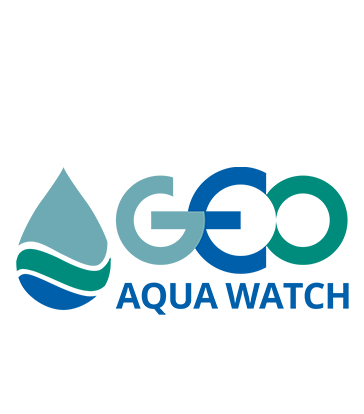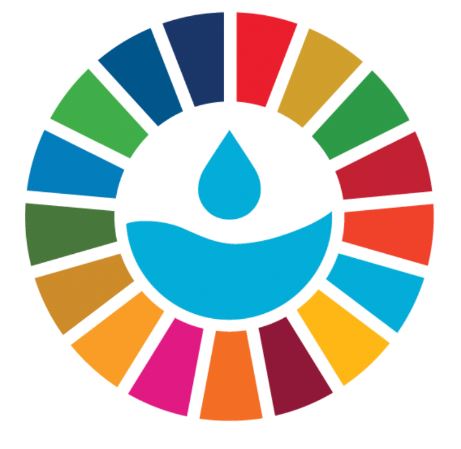May 22 – June 2, 2023
Louis Calder Center – Biological Field Station, Fordham University
There is still time to Register!
We are pleased to again offer our summer freshwater algae field course. We focus on all groups of freshwater algae from diverse aquatic habitats. Students and professionals can gain proficiency in (or sharpen up on) using taxonomic keys, examining ecological factors influencing algal biodiversity, and collect high-resolution algal images and voucher specimens.
Instructor: Dr. John Wehr ( wehr@fordham.edu )
We are located in southern New York state in a wooded preserve that includes a 10-acre mesotrophic lake. We are less than an hour from New York City, and a short distance from the Appalachian Trail, the Hudson River, and many pristine and human-influenced aquatic ecosystems. We will sample a diverse range of lake, pond, and river habitats. We provide a full array of sampling gear, microscopy facilities, and an extensive taxonomic library.
Algal images from our lake: https://www.fwa-biodiversity.org/algae-of-calder-lake
About the field station: https://www.fordham.edu/calder_center
Housing at the field station, as available, by request ( aperrone@fordham.edu ).
Registration is now open: www.fordham.edu/FWalgaeID Deadline: March 30, 2023.
– Registration Fee: $1,800. Cost includes on-site housing (limited number). Meals not provided.
– Transportation costs to and from the field station must be arranged by the student.
Interested or Questions? Contact John Wehr ( wehr@fordham.edu ) or Alissa Perrone (aperrone@fordham.edu).



 Flyer
Flyer


